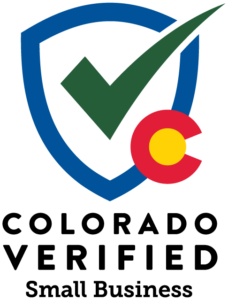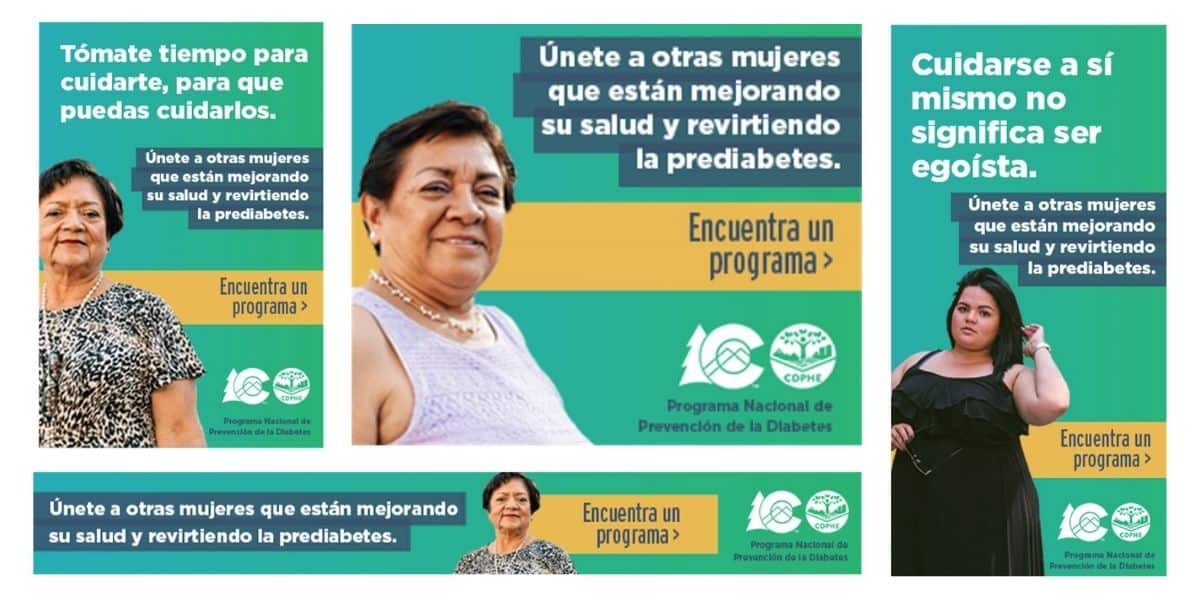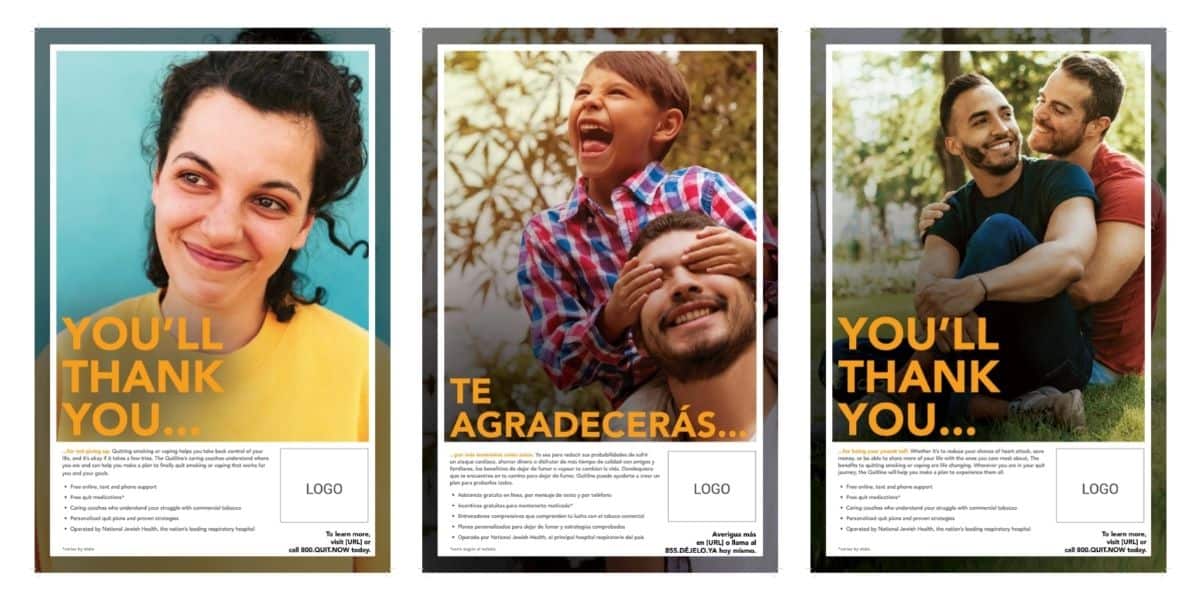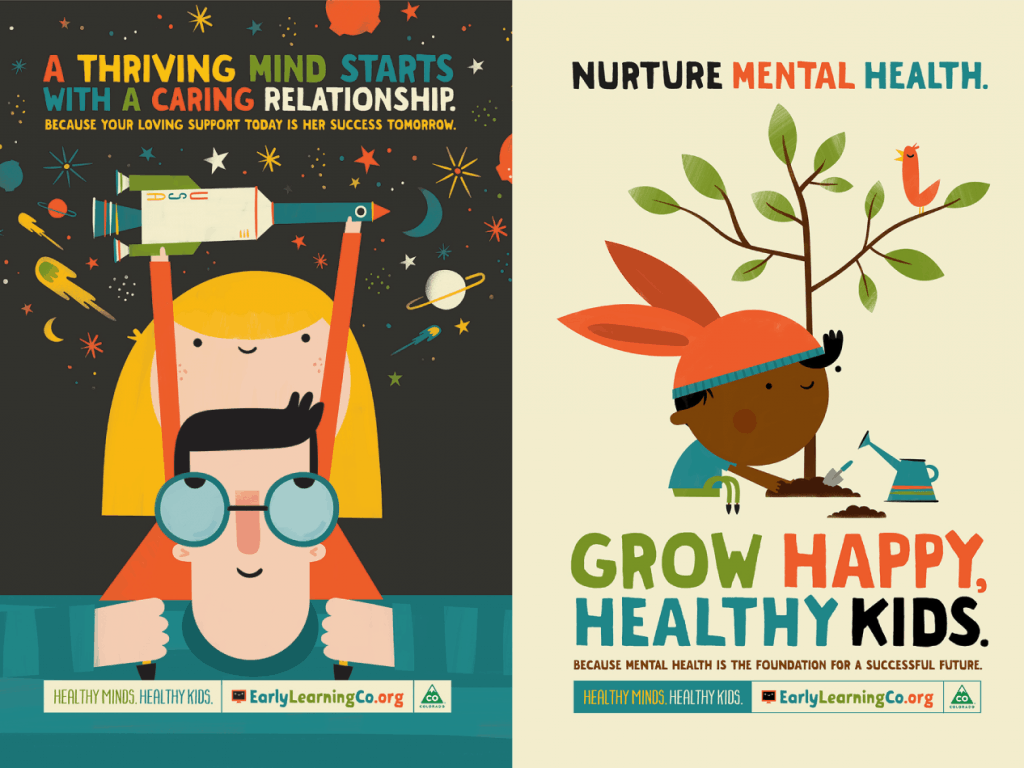To cut through the clutter, nonprofits must have a strong communications plan, built on a foundation of sound messaging and compelling stories.
The communications challenges and opportunities nonprofits face are vast — and the budgets are always limited. The good news is that there are steps nonprofits can take to create a solid foundation for communications even with limited staff capacity.
Set a strategy: Instead of many loosely connected communications activities crafted in response to immediate goals, nonprofits should create an overarching communications plan aligned with strategic, longer-term objectives. This ensures more consistency in messaging and will result in more sustained audience engagement over time. Essential aspects of a communications plan include goals, target audiences and audience profiles, messages, tactics and channels. The W.K. Kellogg Foundation has a template for a nonprofit communications plan available for free on its website.
Create a messaging platform: Messages are the meat and potatoes of any communications strategy, ensuring consistency across communications channels. Every organization, no matter its size, must be able to clearly state its unique value to the community. Input from all the organization’s stakeholders must be gathered, categorized and synthesized into clear and compelling messages that show the importance of the issue and urge the audience to think, feel or act a certain way.
Leverage and lead with good stories: Nonprofits may be restricted by budget, but most have a wealth of personal stories of the individuals they serve. These stories powerfully communicate the work and impact of the organization in a way that data, facts and logical reasoning cannot.
Train staff, board and volunteers: All the organization’s stakeholders should be trained on the key messages. These people are a nonprofit’s ambassadors in the community; it is imperative they can speak confidently – and in one voice. What’s more, a messaging or presentation training for staff can be a great opportunity for professional development.
Use social media and e-news to engage: Social media and e-mail marketing should definitely be part of the communication mix. But make sure your social media and e-mail communications reflect your strategy: driven by the organization’s key messages, relevant to the audience, and incorporating the personal stories that illustrate impact. This SE2 tip sheet includes a list of the best social media tools to help nonprofits build strong online communities.
For information about how SE2 helps nonprofits create strong communications foundations, contact us.





